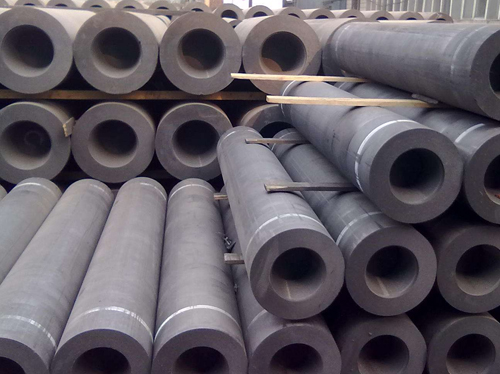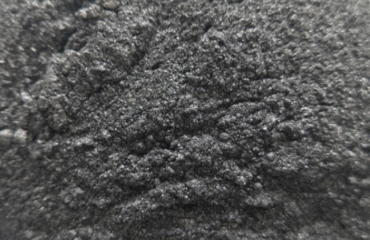
The factors affecting the resistivity of RP Graphite Electrodes are similar to those of the graphite electrodes mentioned above, mainly including the following aspects:
In terms of raw materials
Purity: If the raw materials used to produce RP graphite electrodes have high purity and few impurities, their resistivity will be relatively low. On the contrary, if there are many impurities such as metal oxides, they will interfere with electronic conduction and increase the resistivity.
Particle size distribution: Reasonable particle size distribution of raw materials and appropriate combination of large and small particles can make the electrode structure denser and reduce electrical resistivity. If the particle size distribution is unreasonable, with too many or too small large particles, it can lead to an increase in porosity or uneven structure inside the electrode, resulting in an increase in electrical resistivity.
In terms of production technology
Mixing process: Parameters such as mixing time, temperature, and strength have an impact on electrical resistivity. By thoroughly mixing, the binder and graphite particles can be uniformly mixed, which can improve the density and conductivity of the electrode and reduce the electrical resistivity.
Graphitization degree: The degree of graphitization is determined by the graphitization temperature and time. Ordinary power graphite electrodes usually have a graphitization temperature between 2000 ℃ and 2500 ℃. If the temperature is low and the time is short, the degree of graphitization is insufficient, the arrangement of carbon atoms is irregular, and the resistivity will be higher.
In terms of product structure
Porosity: If not properly controlled during production, ordinary power graphite electrodes will have a large number of pores. Pores increase electron scattering, lengthening the current conduction path and leading to an increase in resistivity.
Density: RP graphite electrodes with high density have a tighter internal structure, easier electron conduction, and relatively lower electrical resistivity.
In terms of usage environment
Temperature: In practical use, ordinary power graphite electrodes generally operate in environments below 1000 ℃. As the temperature increases, the thermal motion of electrons intensifies, and the resistivity decreases. However, excessive temperature may cause changes in electrode structure, resulting in abnormal fluctuations in resistivity.
Medium: If in an environment with corrosive gases or liquids, the electrode surface may be corroded, thereby increasing the contact resistance and increasing the overall resistivity.


